Irish porter cake is a dark, rich, and moist spin on what is essentially an everyday fruit cake. A mixture of dried and candied fruits along with warm spices are combined with robust porter beer to create a surprisingly tasty version of an Irish fruit cake.
Spiced fruit cakes are popular in Ireland and throughout much of the UK. The addition of porter makes this version stand out. Not only is the cake darker, but the slightly bitter and malty flavors combine to create a cake that’s more than the sum of its parts.
Irish porter cake is very popular around various holidays but can be made any time of the year. A great dessert for St. Patrick’s Day, porter cake is also popular around Christmas. While there’s a great Irish Christmas cake covered with marzipan and royal icing and similar fillings, porter cake can be easier to make.
If you’re not typically a fan of fruit cakes, I suggest giving this porter cake a try. Store bought fruit cakes usually aren’t great anyway, but this version has a great and layered flavor that doesn’t even compare. Porter cake reminds me of a dense, cake-like version of cinnamon raisin bread, with notes of barley and citrus.
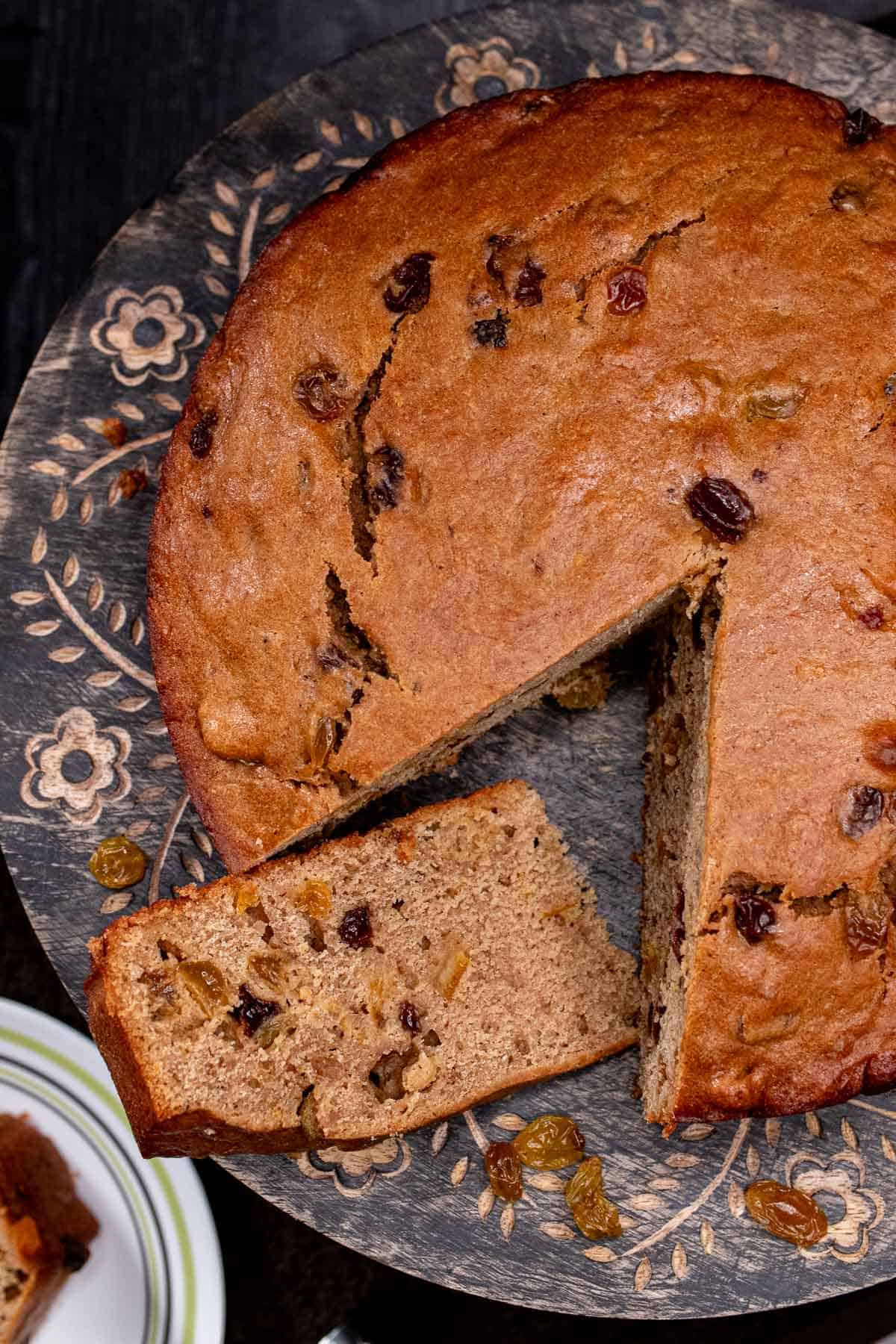
Jump to:
🥘 Irish Porter Cake Ingredients
While the base of a porter cake recipe is a typical fruit cake, many of the ingredients can vary from recipe to recipe as every family will have their preferences when it comes to the fillings. Where appropriate, I’ll mention alternatives.
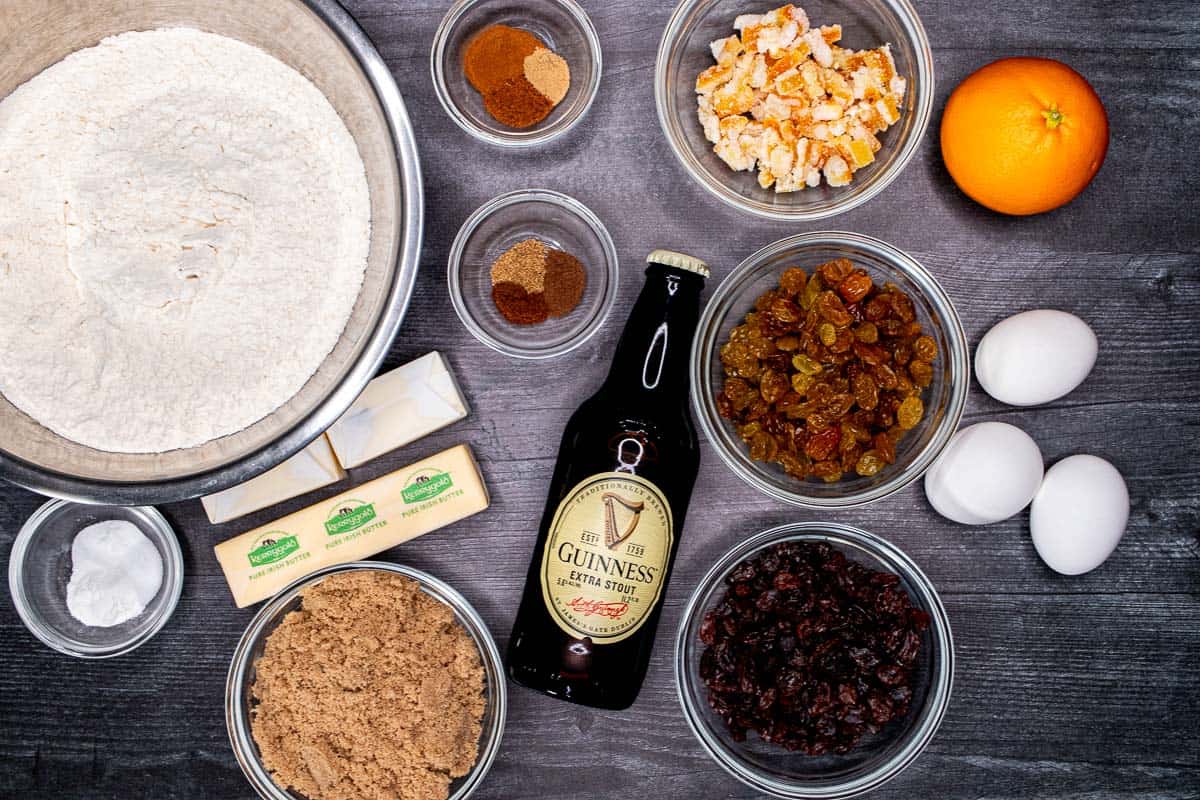
Butter – Unsalted butter works fine here. If you want to go more Irish, try a salted Irish butter like Kerrygold. If you do, omit the salt in the recipe.
Sugar – Use brown sugar for this recipe. It adds a deeper color and flavor to the cake. I use dark brown sugar here, but light brown sugar is fine as well.
Porter – Even though it’s right in the name of the recipe, you could also call this an Irish Guinness Stout Cake instead. While originally made with porter beer, stout is a commonly used substitute as well. Read below for more information on both styles, but feel free to use your preferred porter or stout.
Dried Fruit – You can make this with just a single dried fruit, but I recommend a mixture of raisins, sultanas (golden raisins), dried currants, glacé (candied) cherries, dried cherries, dried plums, dried apricots, etc. Use 2-3 of your favorite choices.
Citrus Peel – Dried or candied citrus peel works well in this recipe. I feel like this used to be easier to find in grocery stores, but I ended up making my own since I couldn’t find any. Use the linked recipe to make your own or omit and add more zest.
Citrus Zest – I used the zest of one orange for this recipe, but feel free to use a mixture of both orange and lemon zest.
Flour – Some Irish recipes use self-rising flour, but I don’t typically like using that. The rising agents can vary from brand to brand and cause inconsistencies when baking. Use all-purpose flour instead.
Leavening – You can make this with just baking soda, but I prefer to a mix of both baking soda and baking powder. Use about 1 ½ teaspoons of baking soda if you omit the baking powder.
Mixed Spice – This is a popular spice blend in Ireland and throughout most of the UK. Somewhat similar to American pumpkin pie spice and apple pie spice, it’s a combination of warm spices like cinnamon, ginger, nutmeg, allspice, cloves, mace, and sometimes coriander and/or caraway.
Since mixed spice might not be available where you live, the recipe includes a mixture of spices in the recipe card. If you absolutely have to use a substitute, I would go with pumpkin pie spice, but add in a pinch more ground nutmeg, and if you have it, ground coriander.
Eggs – Use 3 whole, large eggs at room temperature.
🔪 How to Make Porter Cake
There’s two different ways to make this porter cake recipe. I’ll be focusing on the more traditional method that soaks the dried fruits in butter, sugar, and porter here because I love the depth of flavor it adds. Scroll down for a quicker and easier method below.
Traditional Porter Cake Method
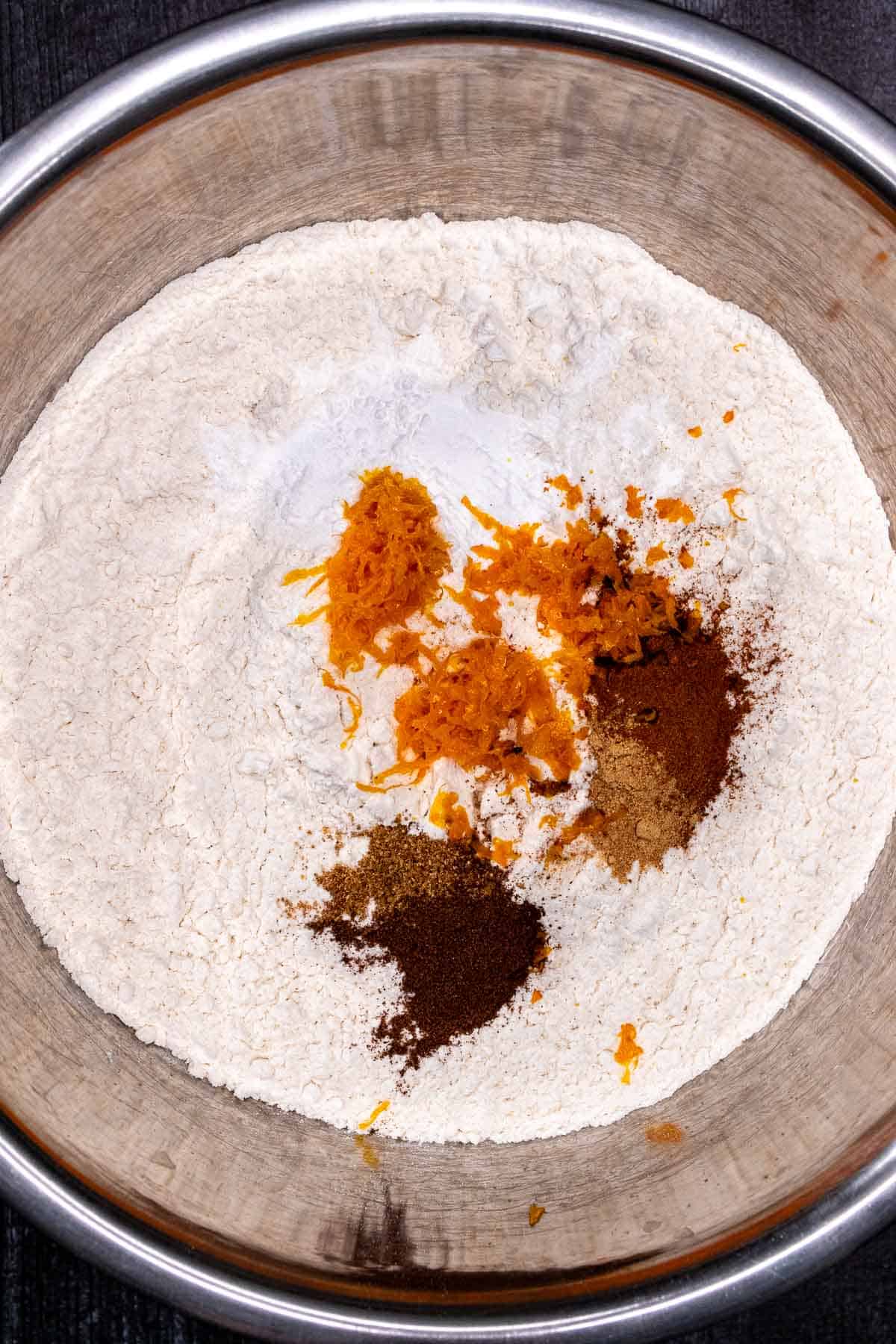

Start by whisking together the flour, baking soda, baking powder, salt, spices, and orange zest in a mixing bowl, and set aside.
In a small bowl, beat the eggs and set aside.
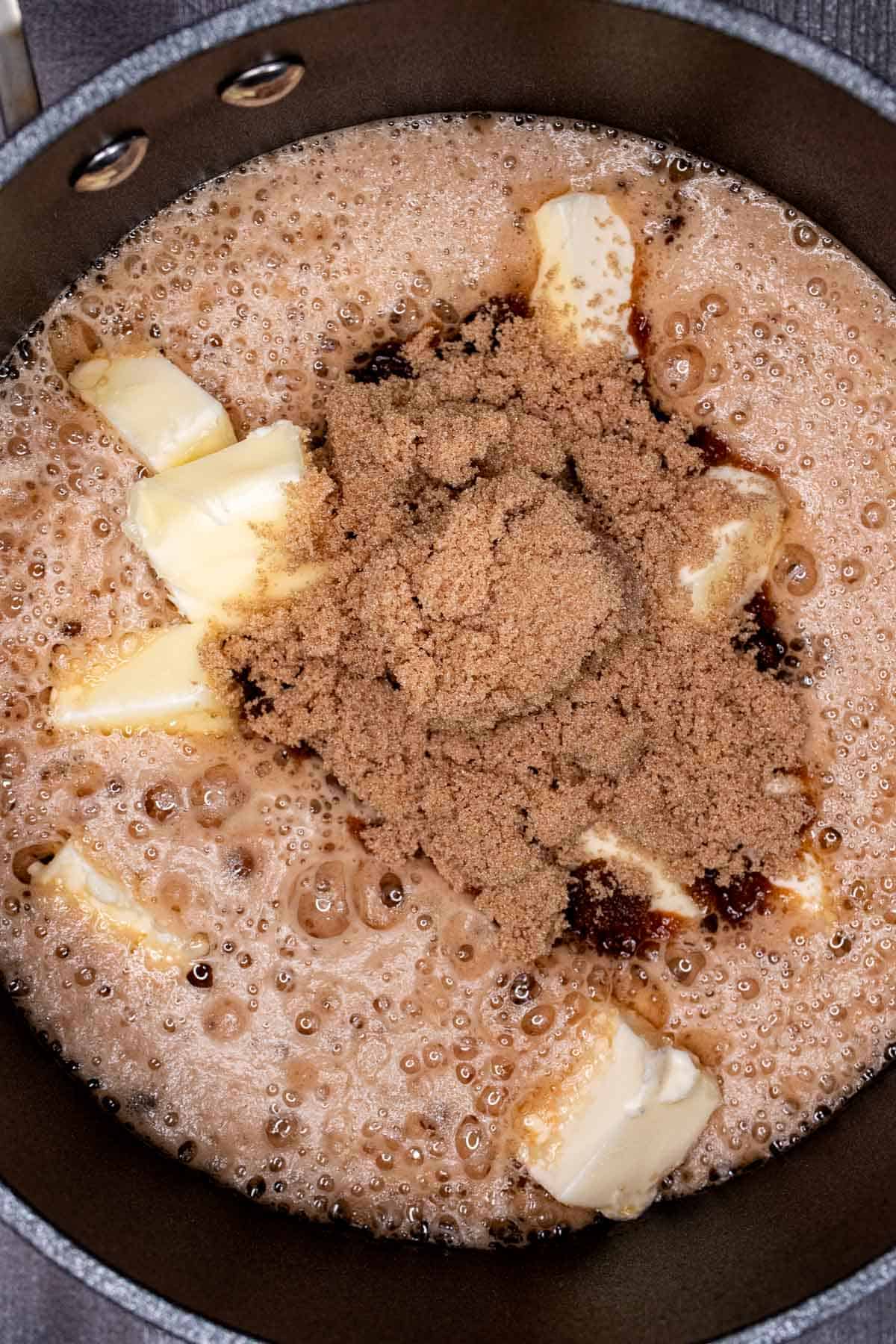
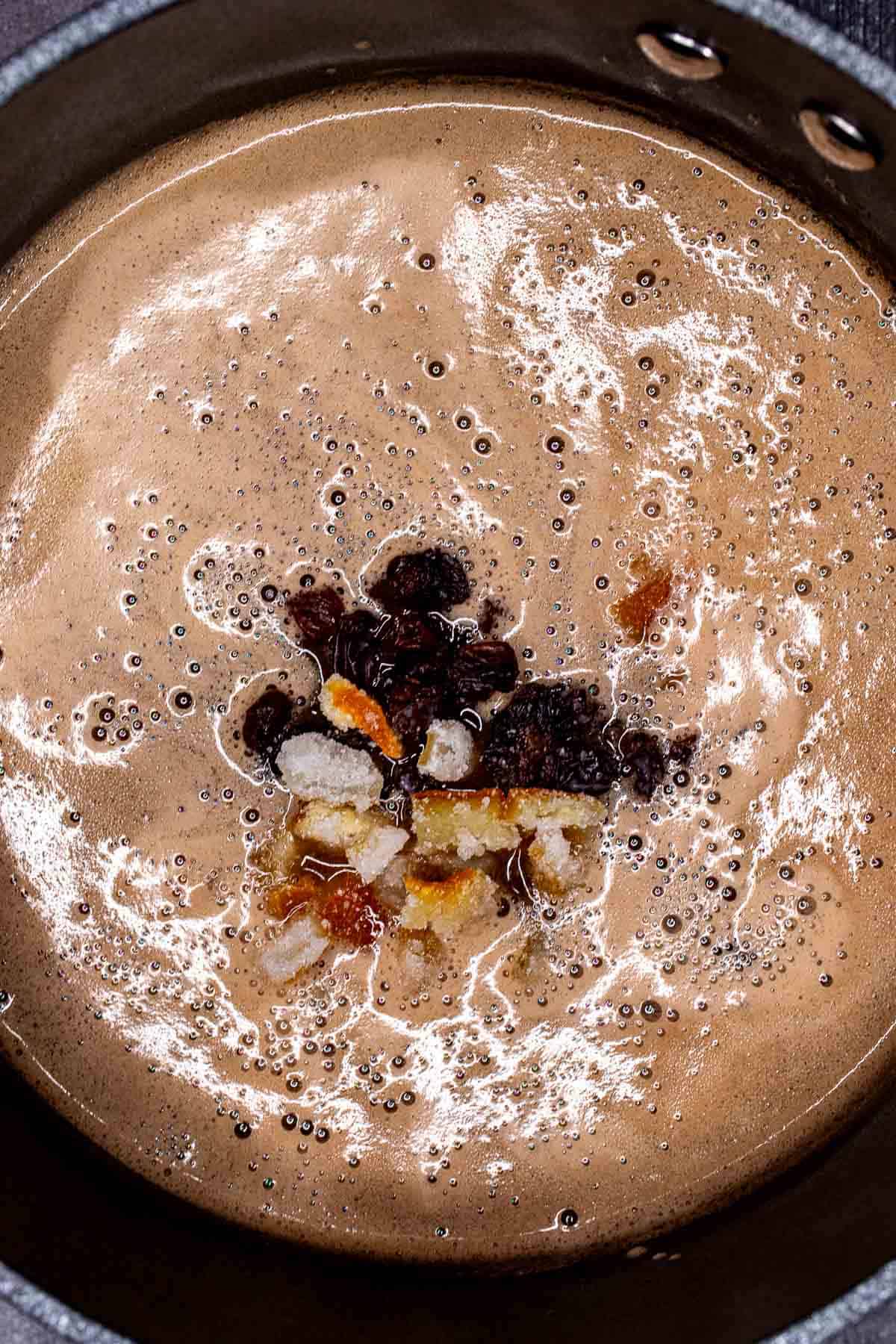
In a saucepan, melt the butter over medium heat and add the sugar and beer. Heat and stir until the sugar has dissolved, and then add the dried fruit and candied peels. Simmer over low heat, stirring occasionally, for 3-5 minutes.
(Be careful when heating the beer and don’t let it come to a boil. As it heats up it can foam up and over the top of the saucepan, so monitor it closely. If it starts to foam up, remove it from the heat for a moment before continuing.)
Let the fruit and beer mixture cool before the next step. It doesn’t have to be room temperature but shouldn’t be hot either. To cool it faster, transfer it to a heatproof bowl and place uncovered in the refrigerator.
While the mixture cools, preheat your oven to 350°F / 180°C. Line or spray a 9” springform pan and set aside.
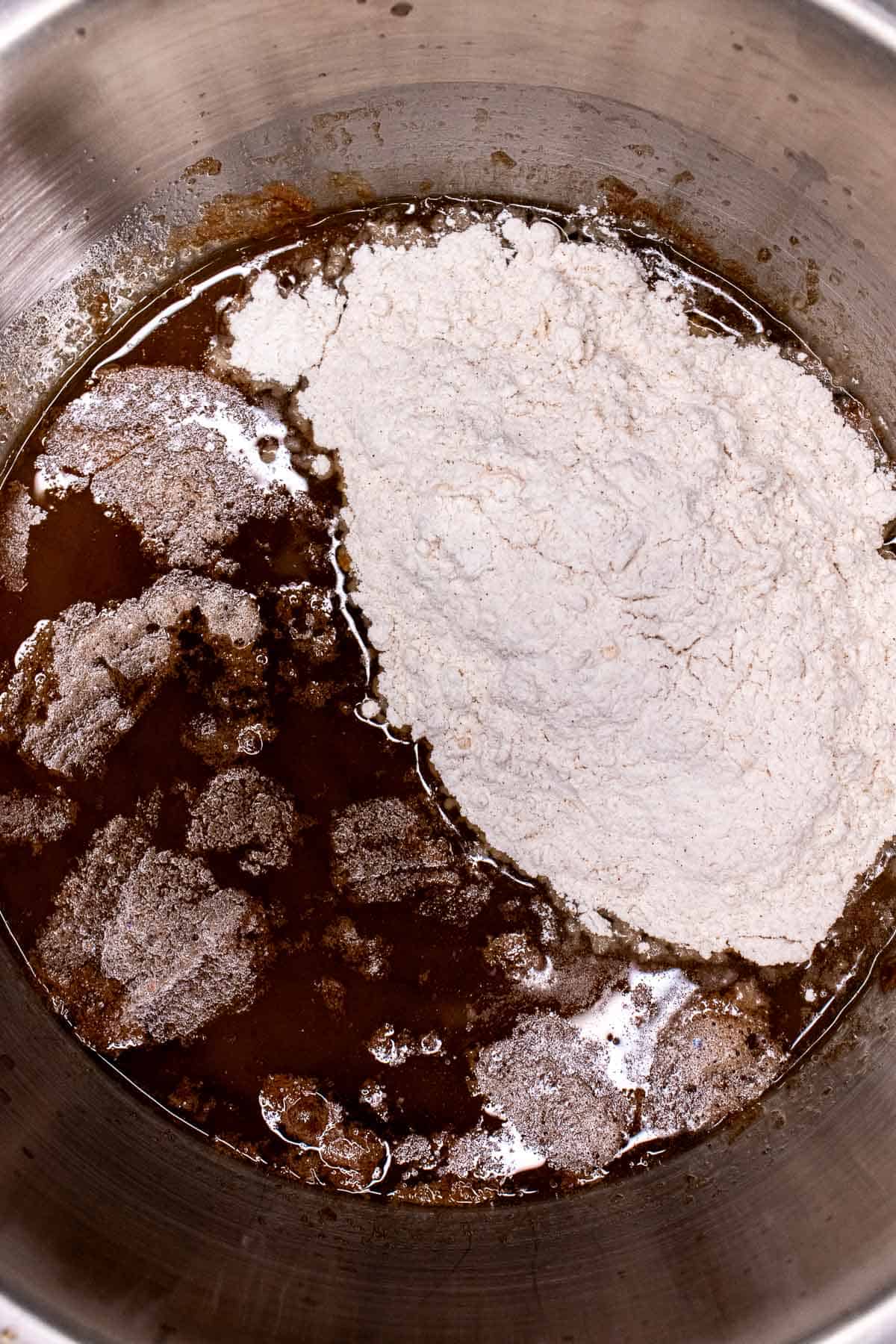
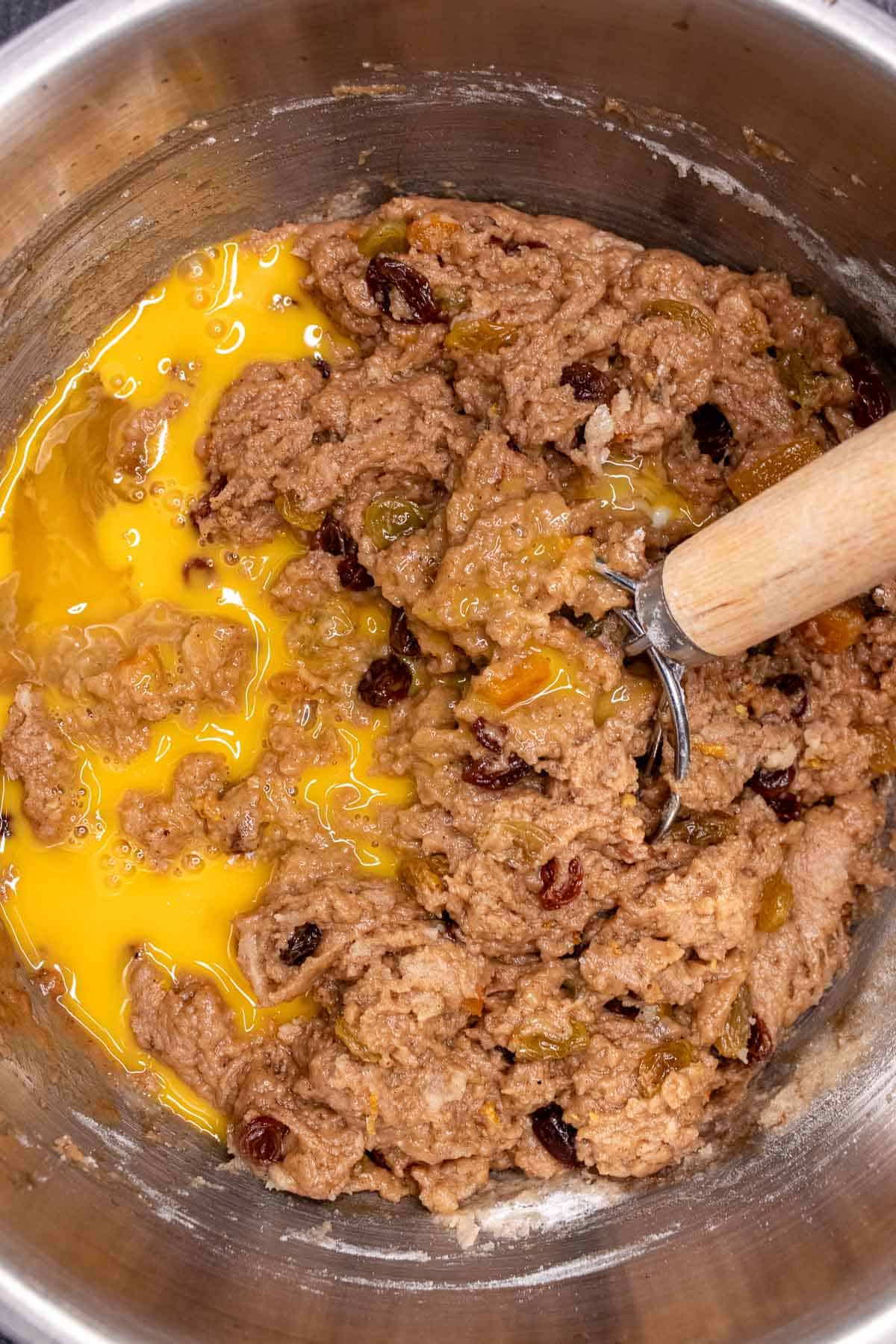
Add the flour mixture to the wet mixture and stir until just combined. Now add the beaten eggs and stir together until there’s no more obvious wet/eggy spots, but don’t overmix. Pour the batter into the prepared springform pan and place it into the center of the oven.
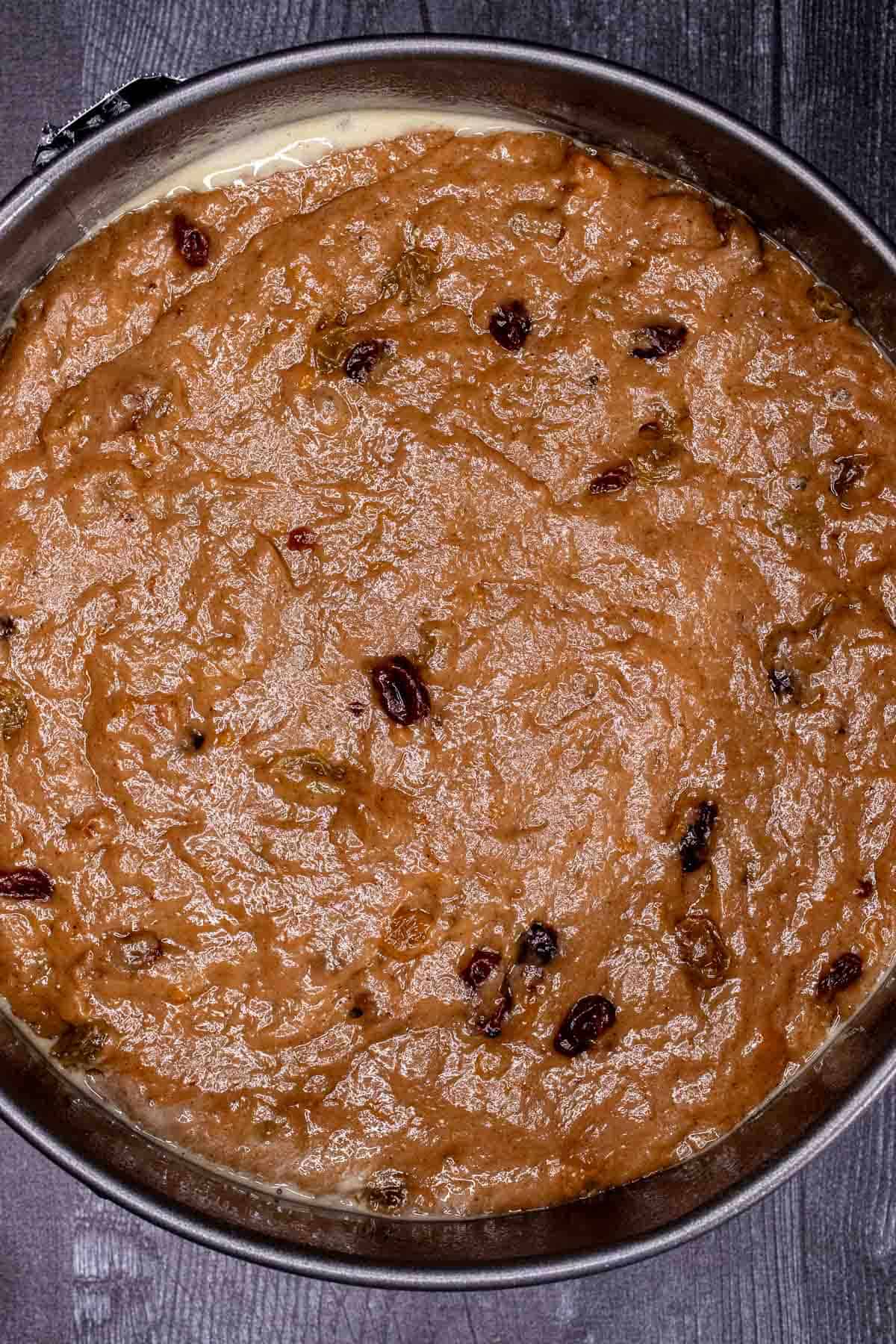
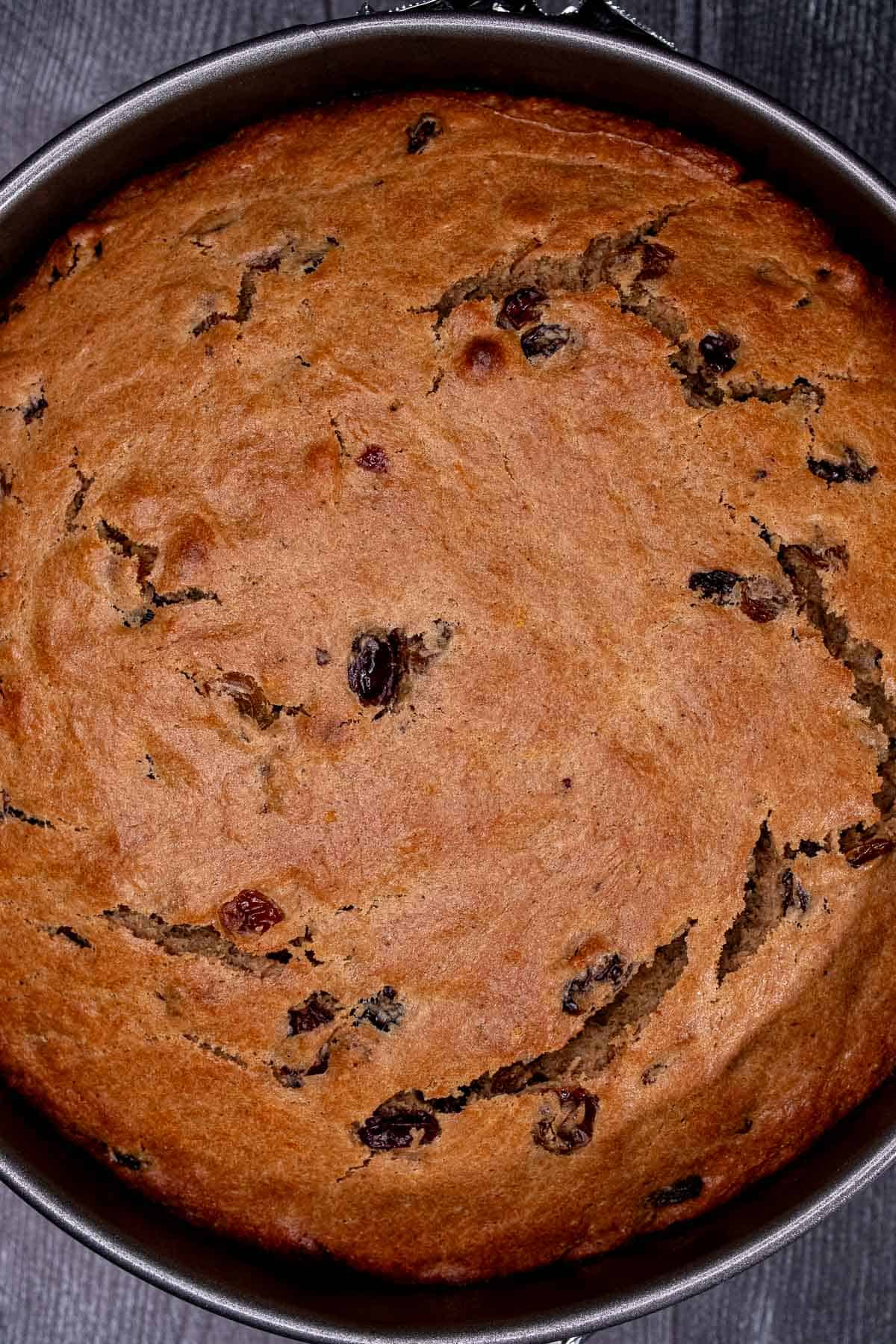
Bake until a toothpick inserted into the middle comes out clean. Start checking around 45-50 minutes into baking. Allow to cool 15-20 minutes before removing from the pan and finish cooling it completely on a cooling rack.
Optionally, while still warm, pour 2-3 tablespoons of additional beer or Irish whiskey over the top of the cake.
Once cooled, you can slice and serve the cake, but it’s best left to “mature” before being cut. Store in an airtight container or wrapped tightly at room temperature for 2-3 days before serving. This will enhance the flavors even more.
Feeding the Cake
This is completely optional, and more commonly done with Christmas cake, but a popular method in Ireland and throughout the UK with their various fruit cakes.
“Feeding” the cake refers to pouring brandy or whiskey over the cake and flipping it over. This is typically done once a week for a few weeks before the cake is served, typically for a holiday like Christmas.
The alcohol helps as a preservative, but also deepens the flavor of the cake and keeps it moist while being stored.
Quick Porter Cake Method
This method skips the soaking of the dried fruit and uses a typical creaming method instead. The flavor will be similar, but the texture will be a bit different since the dried fruit won’t be as plump and softened.
Whisk together the flour, baking soda, baking powder, salt, spices, and orange zest in a mixing bowl, and set aside.
In a large mixing bowl, cream the butter and sugar together until light and fluffy, about 2-3 minutes. Add the eggs, one at a time, and beat into the creamed mixture. Alternate adding the dry mixture and the beer in increments, mixing until just combined.
Stir in the dried fruits and candied peel and fold into the cake batter.
Bake and cool the same as above.
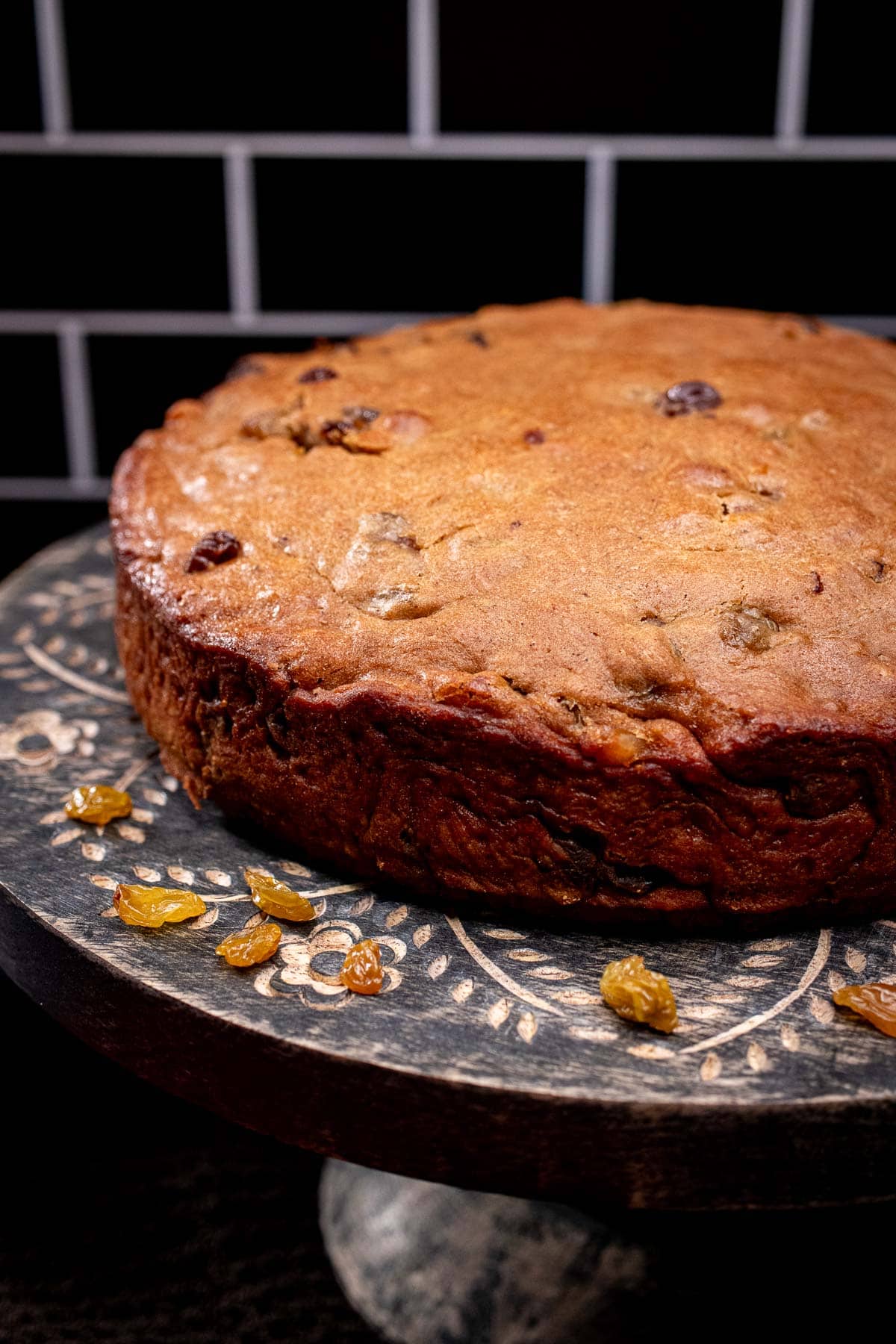
🍺 Porter vs Stout Differences
This is a subject that can be its own entire post, so I won’t delve too deeply into it. This is a quick overview of how the two types of beer are similar and yet different.
Porter was created in London, England during the 1700s and is a descendant of brown ales. Stout was originally called “stout porter” and was an offshoot of porter brewed with less water to be a stronger version of the beer.
In the 1800s, the two beers began to diverge into their own categories. The main differences between them being that porter is made from malted barley and stouts are made from un-malted, roasted barley. This is what gives stout beers their coffee-like flavor notes, where porters tend to be a bit more mellow.
All of this gets a bit confusing in modern breweries, however. Historically stouts were darker, slightly more bitter, and had a higher ABV, while porters were lighter, a bit more mellow, and had a lower ABV. Now they have so many varieties for each beer style that none of those characteristics are set in stone.
Nowadays the two terms are used interchangeably by a lot of people. While there’s still a difference between them, when it comes to cooking and baking, just use what you like.
I prefer using Guinness because it works incredibly well in cooked and baked recipes like my Guinness braised pork shoulder, Guinness Irish stew, and Guinness brown bread, but there’s a lot of flavored porters that could be a great option as well for other recipes.
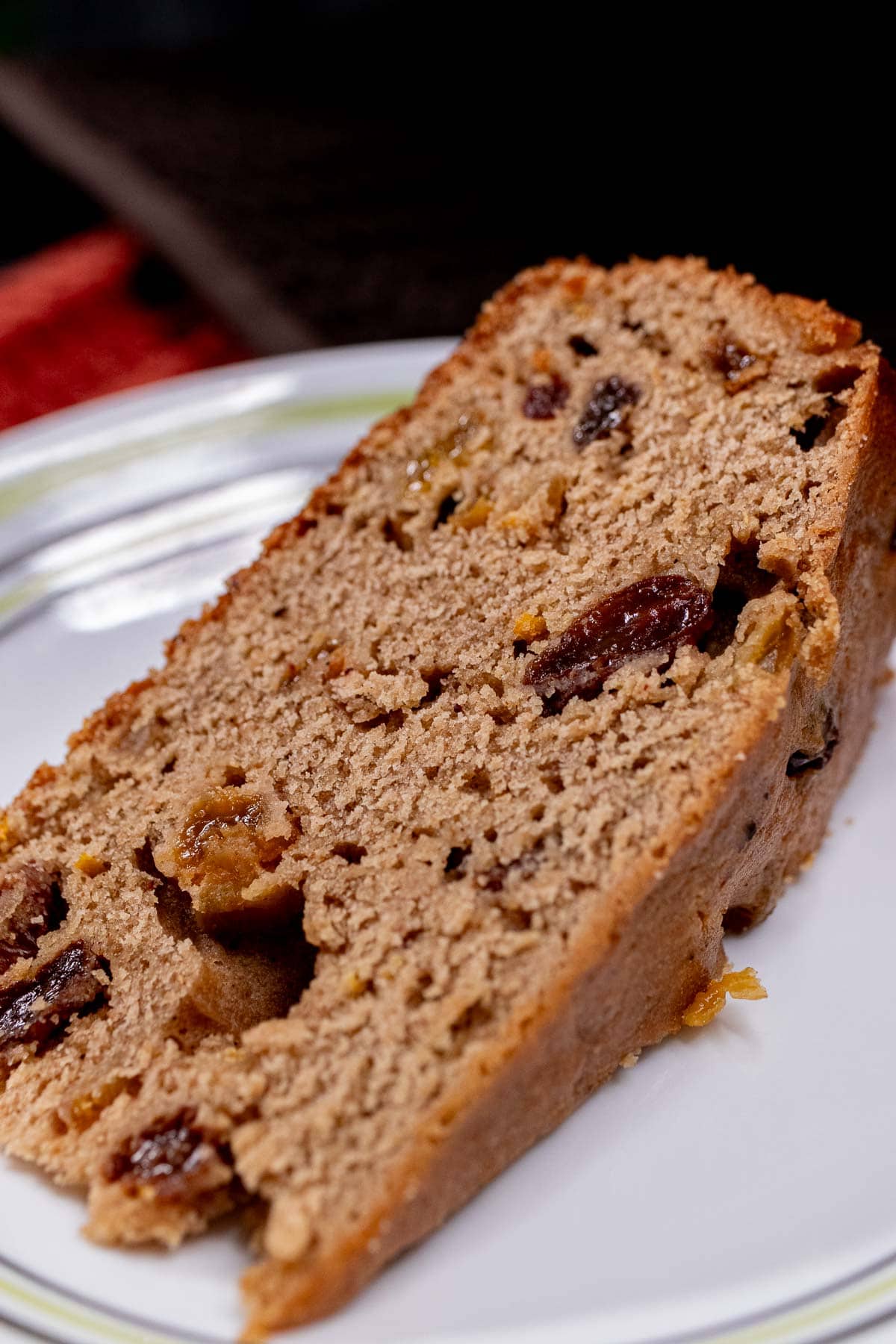
💭 Frequently Asked Questions
This recipe specifically uses porter or stout because it’s what differentiates itself from other fruit cakes. The alcohol content will bake out while cooked, but if you’re still concerned about it, Guinness does make a non-alcoholic version of their stout now.
You can use any preferred porter or stout beer in this recipe. I would not use other styles of beer however, or the flavor will be much different or even nonexistent.
Soaking the raisins and other dried fruits in the butter, sugar, and beer mixture adds a great depth of flavor to porter cake and softens and plumps up the fruits. If you want to skip this though, you can. Follow my “quick porter cake method” in the recipe post above.
🍽 Recommended Equipment
Outside of normal baking equipment, there’s no special tools required to make porter cake. The following are two recommendations I like to use though.
Danish Whisk – While I use a balloon whisk for most things, I love and recommend using a Danish dough whisk when stirring a thick batter, dough, or for folding ingredients into a batter.
Springform Pan – You can use a 9” cake pan instead, but I prefer making this recipe with a springform pan as they have higher sides and make releasing the cake easier at the end. You could also make this with an 8” or 10” pan but it will change the size and height of the cake and the baking time.
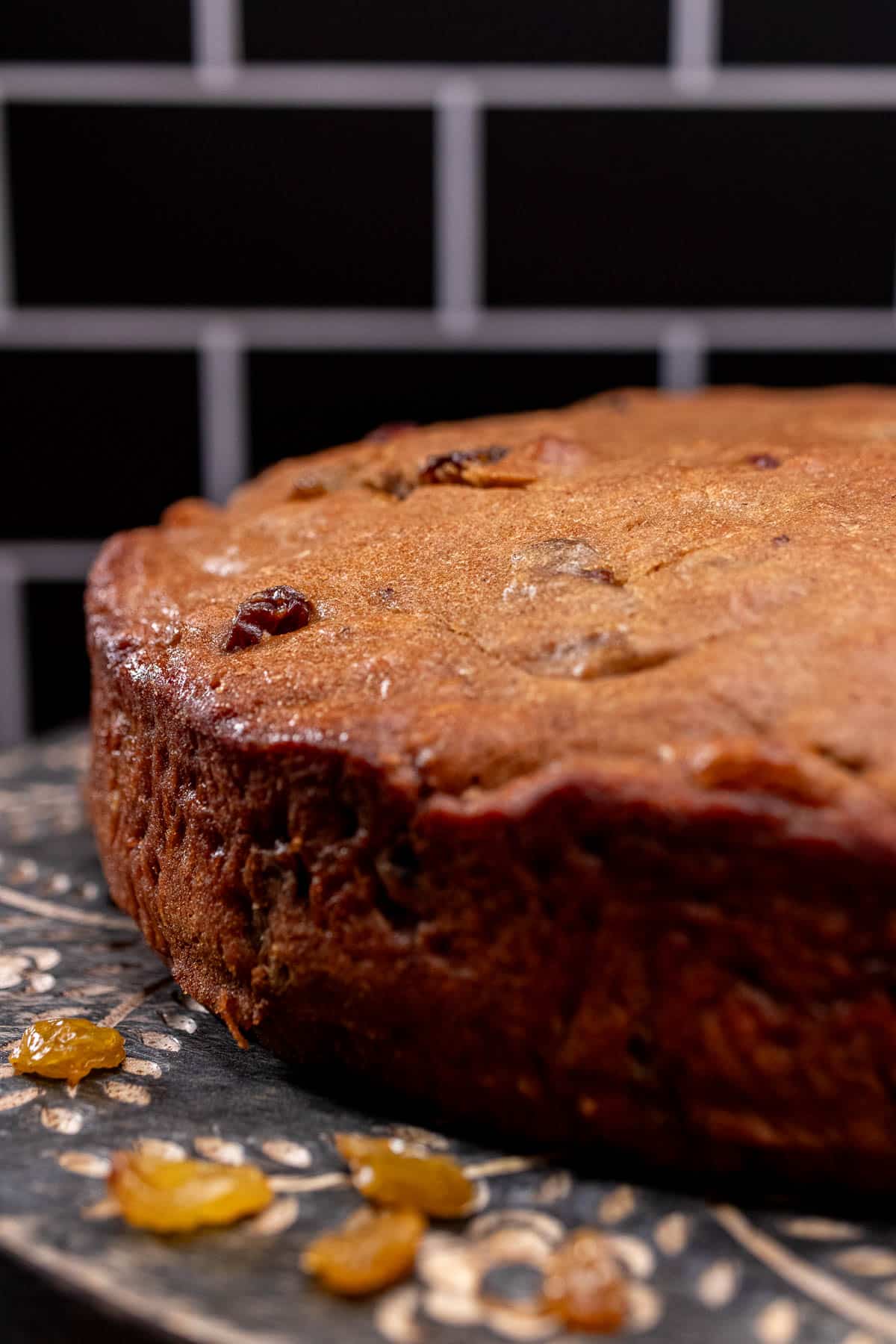
❄️ Storing and Freezing
Once fully cooled, Irish porter cake can be stored in an airtight cake tin or wrapped in plastic wrap and again in aluminum foil and kept at room temperature for at least a week.
If using the “feeding” method mentioned in the post above, you can store it this way for a couple of weeks as the alcohol works as a preservative.
I don’t recommend refrigeration as it will dry the cake out much faster.
For longer storage, you can also freeze the cake. Wrap as mentioned above and place in the freezer for up to 3 months.
📋 Recipe
Irish Porter Cake
Ingredients
- 1 cup unsalted butter
- 1 cup dark brown sugar, or light brown
- 11.2 ounce bottle Guinness, see note 1
- 1 cup raisins, see note 2
- 1 cup sultanas, golden raisins
- ½ cup candied citrus peel, see note 3
- 4 cups all-purpose flour
- 1 teaspoon baking powder
- ½ teaspoon baking soda
- ½ teaspoon salt
- 1 orange, zest only
- ½ teaspoon ground cinnamon
- ½ teaspoon ground nutmeg
- ¼ teaspoon ground allspice
- ¼ teaspoon ground ginger
- ¼ teaspoon ground clove
- ¼ teaspoon ground coriander, see note 4 on spices
- 3 large eggs, at room temperature
Directions
- Start by whisking together 4 cups all-purpose flour, 1 teaspoon baking, ½ teaspoon baking soda, ½ teaspoon salt, all the spices, and orange zest in a mixing bowl, and set aside.
- In a small bowl, beat the 3 eggs and set aside.
- In a saucepan, melt 1 cup unsalted butter over medium heat and add 1 cup dark brown sugar and the whole bottle of beer. Heat and stir until the sugar has dissolved, and then add the 1 cup raisins, 1 cup golden raisins, and ½ cup candied peels (if using). Simmer over low heat, stirring occasionally, for 3-5 minutes.
- (Be careful when heating the beer and don’t let it come to a boil. As it heats up it can foam up and over the top of the saucepan, so monitor it closely. If it starts to foam up, remove it from the heat for a moment before continuing.)
- Let the fruit and beer mixture cool before the next step. It doesn’t have to be room temperature but shouldn’t be hot either. To cool it faster, transfer it to a heatproof bowl and place uncovered in the refrigerator.
- While the mixture cools, preheat your oven to 350°F / 180°C. Line or spray a 9” springform pan and set aside.
- Add the flour mixture to the wet mixture and stir until just combined. Now add the beaten eggs and stir together until there’s no more obvious wet/eggy spots, but don’t overmix. Pour the batter into the prepared springform pan and place it into the center of the oven.
- Bake until a toothpick inserted into the middle comes out clean. Start checking around 45-50 minutes into baking. Allow to cool 15-20 minutes before removing from the pan and finish cooling it completely on a cooling rack.
- Optionally, while still warm, pour 2-3 tablespoons of additional beer or Irish whiskey over the top of the cake.
- Once cooled, you can slice and serve the cake, but it’s best left to “mature” before being cut. Store in an airtight container or wrapped tightly at room temperature for 2-3 days before serving. This will enhance the flavors even more.

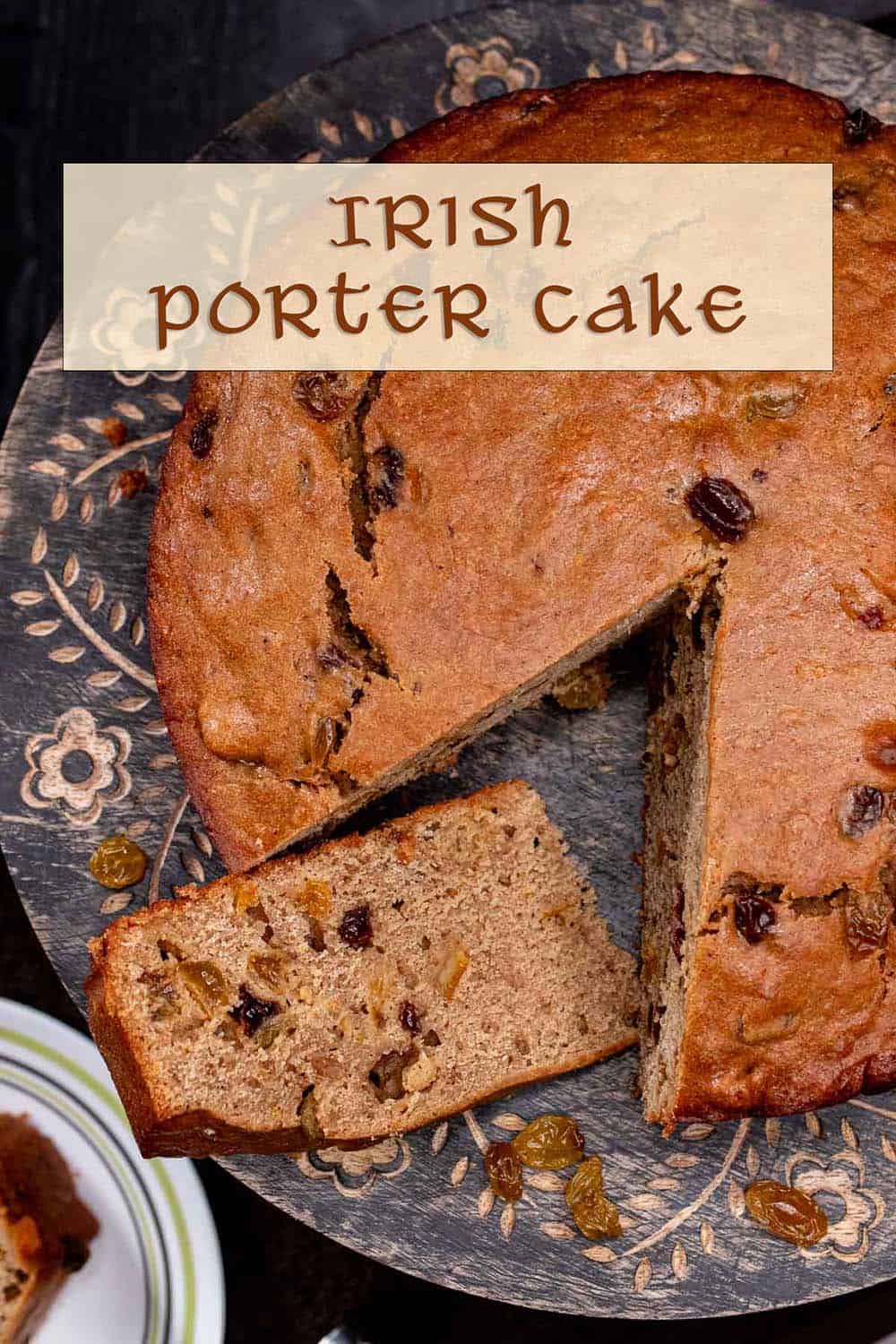
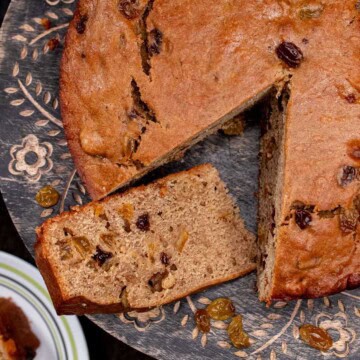
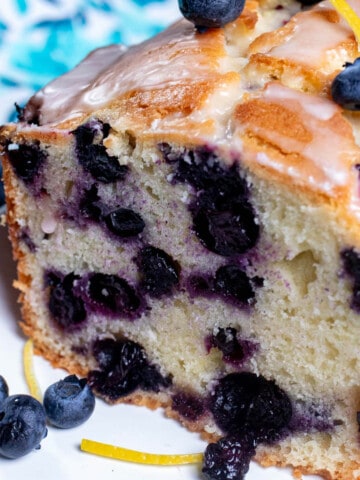


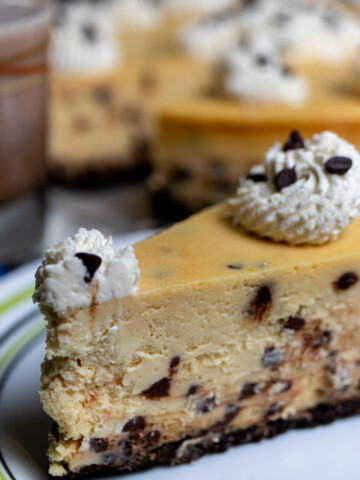
Comments
No Comments